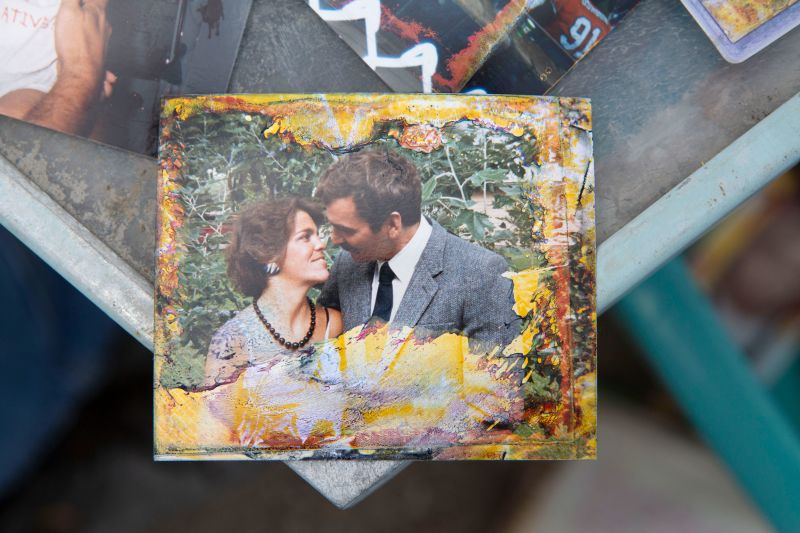The Aftermath of Hurricane Ian in Florida
Nearly two weeks since Hurricane Ian slammed into Florida’s southwestern coast, battered communities are slowly beginning to sort through the damage the storm left. Families that were chin-deep in water in their homes have found there is little left to salvage.
Moreover, the furniture that floated around has dried but is now beginning to mold. Wood chests and drawers bear signs of water damage, electronics are now useless, and few cars survived the flooding. Consequently, debris that piles high in every driveway offers a glimpse into what the homes behind them used to look like and the cherished belongings families were forced to discard. The trash piles include mementos too deformed to save, treasured photographs, rugs, kitchen tables, dining chairs, mirrors, and clothes—most of everything covered in mud.
“The big trash trucks with the claws, they just come in, they pick that stuff up like it’s nothing. Seventeen years’ worth of hard work gone in a matter of five minutes,” says Miguel Romero, 26, who lives in the Linda Loma neighborhood, near the beach.
Romero, his partner, and their 1-year-old daughter, along with his parents, went into the attic of their ground-floor home to survive. Almost everything in the house was ruined, yet, like many others here, he feels that stuff is just stuff, emphasizing gratitude for his family’s safety.
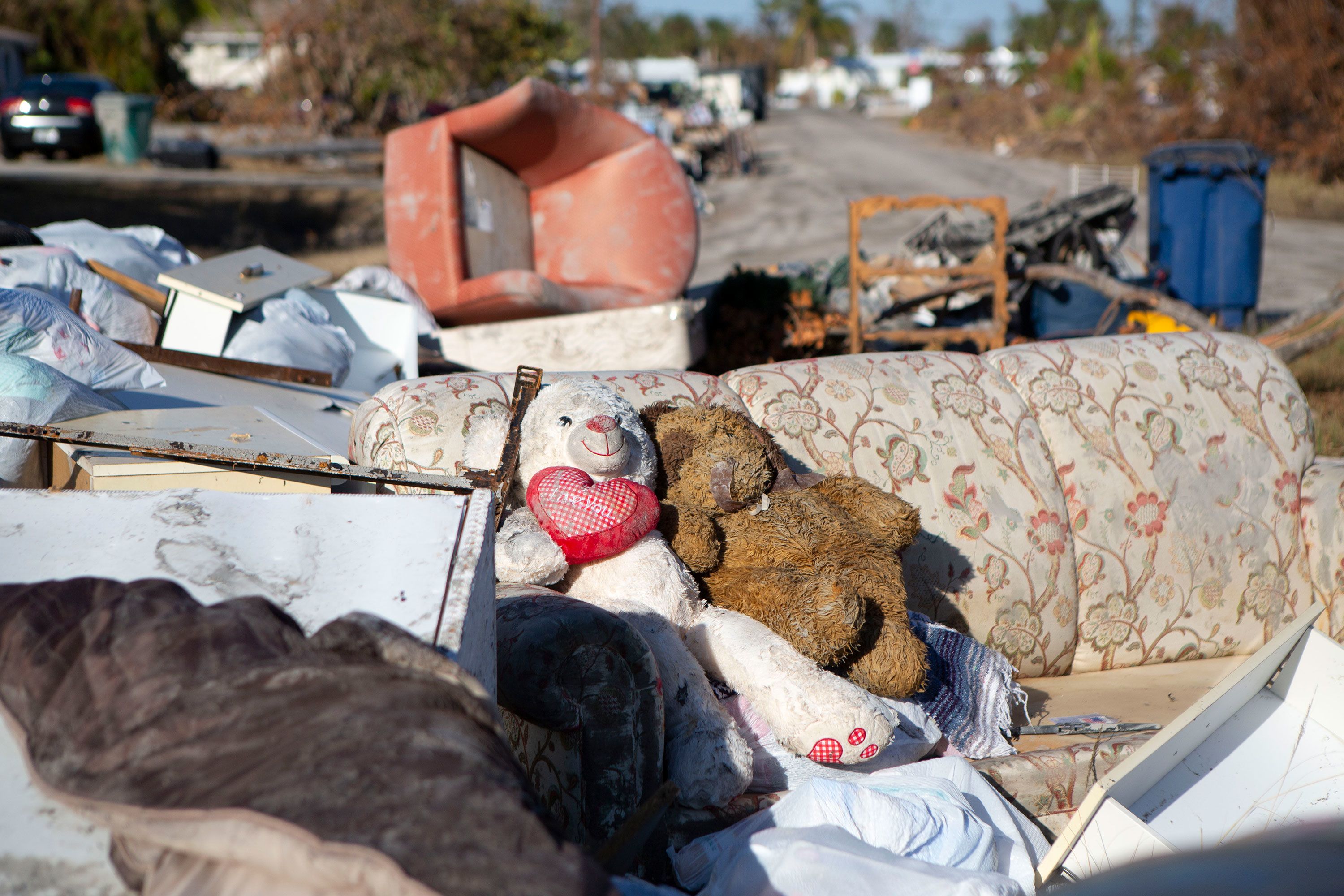
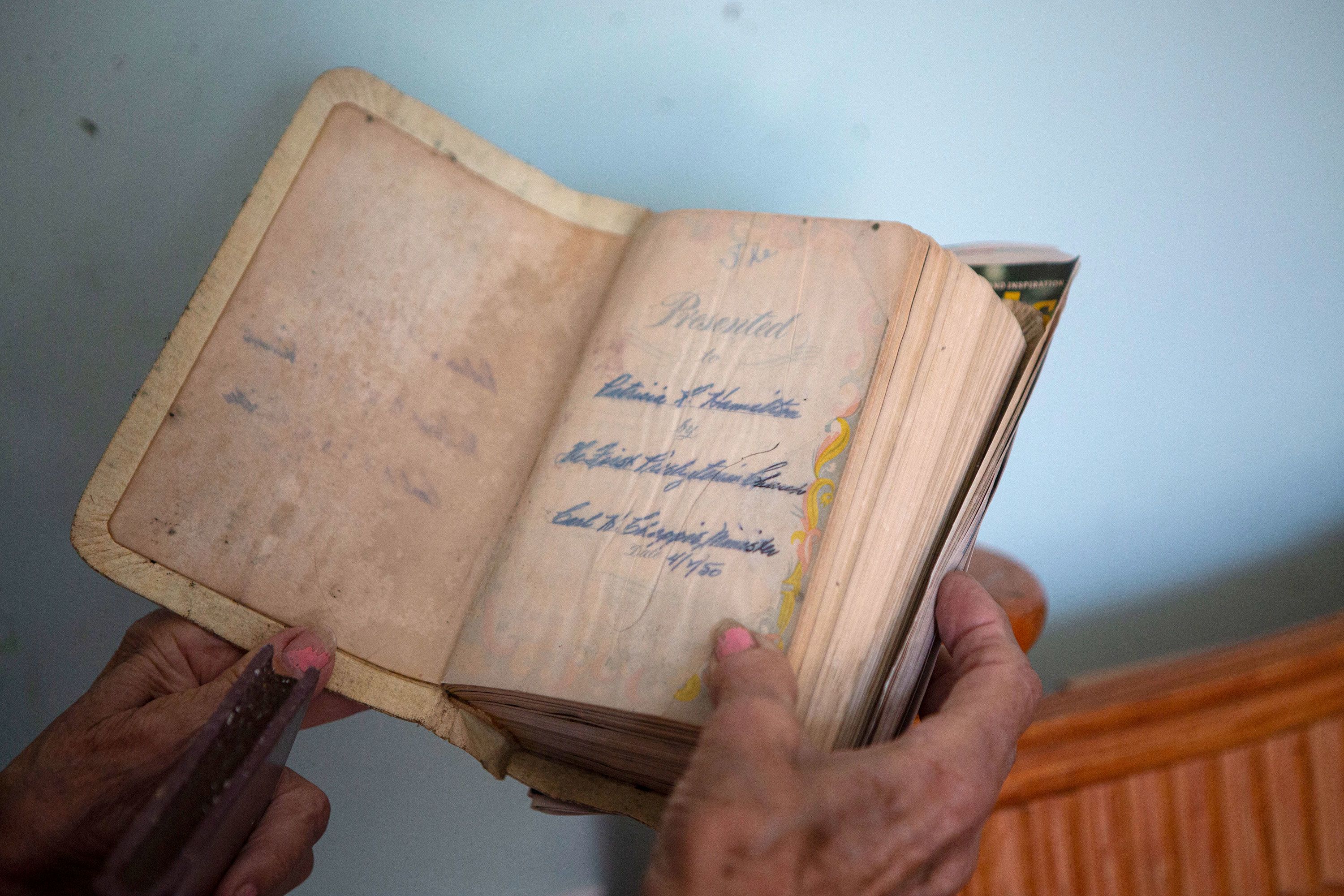
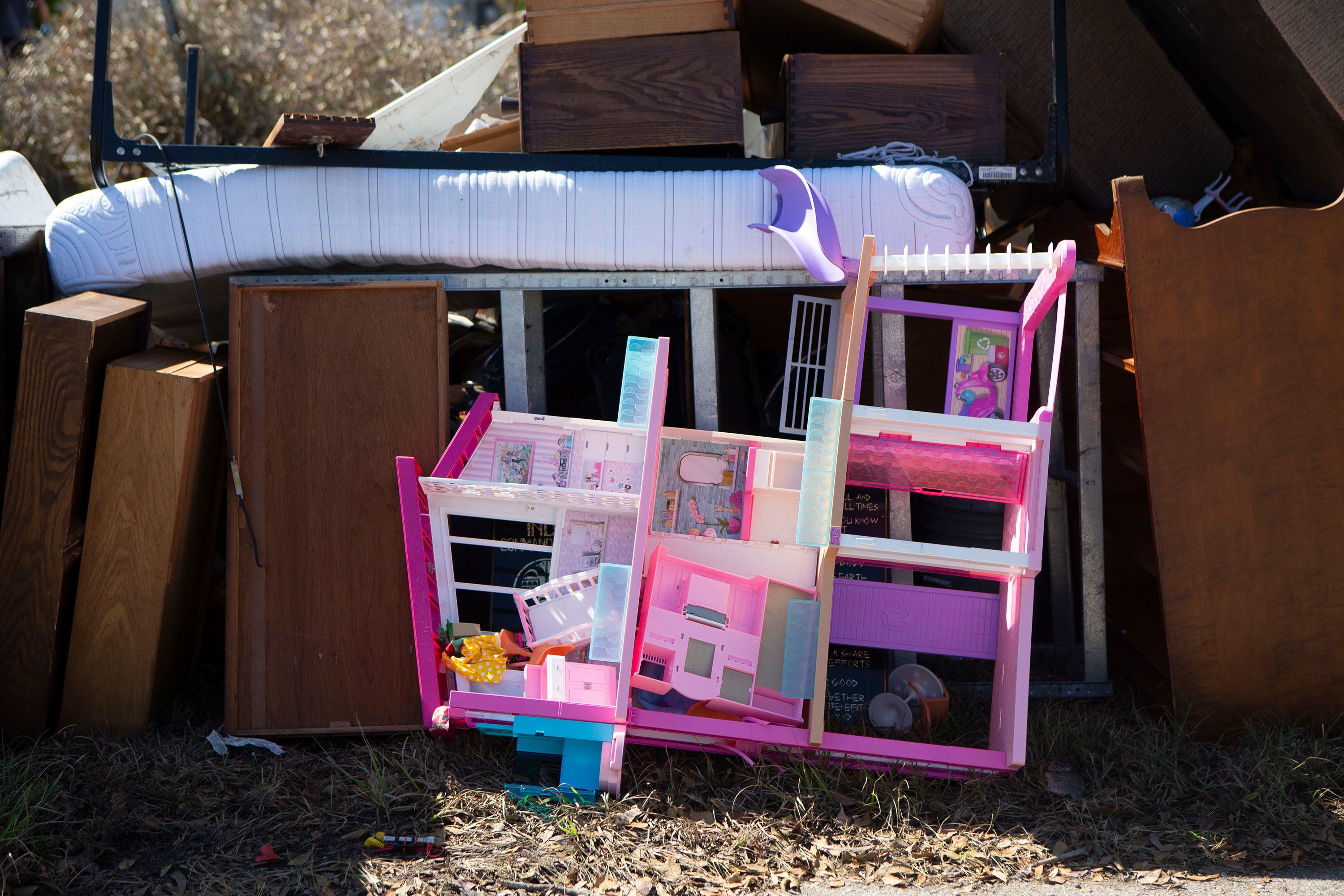
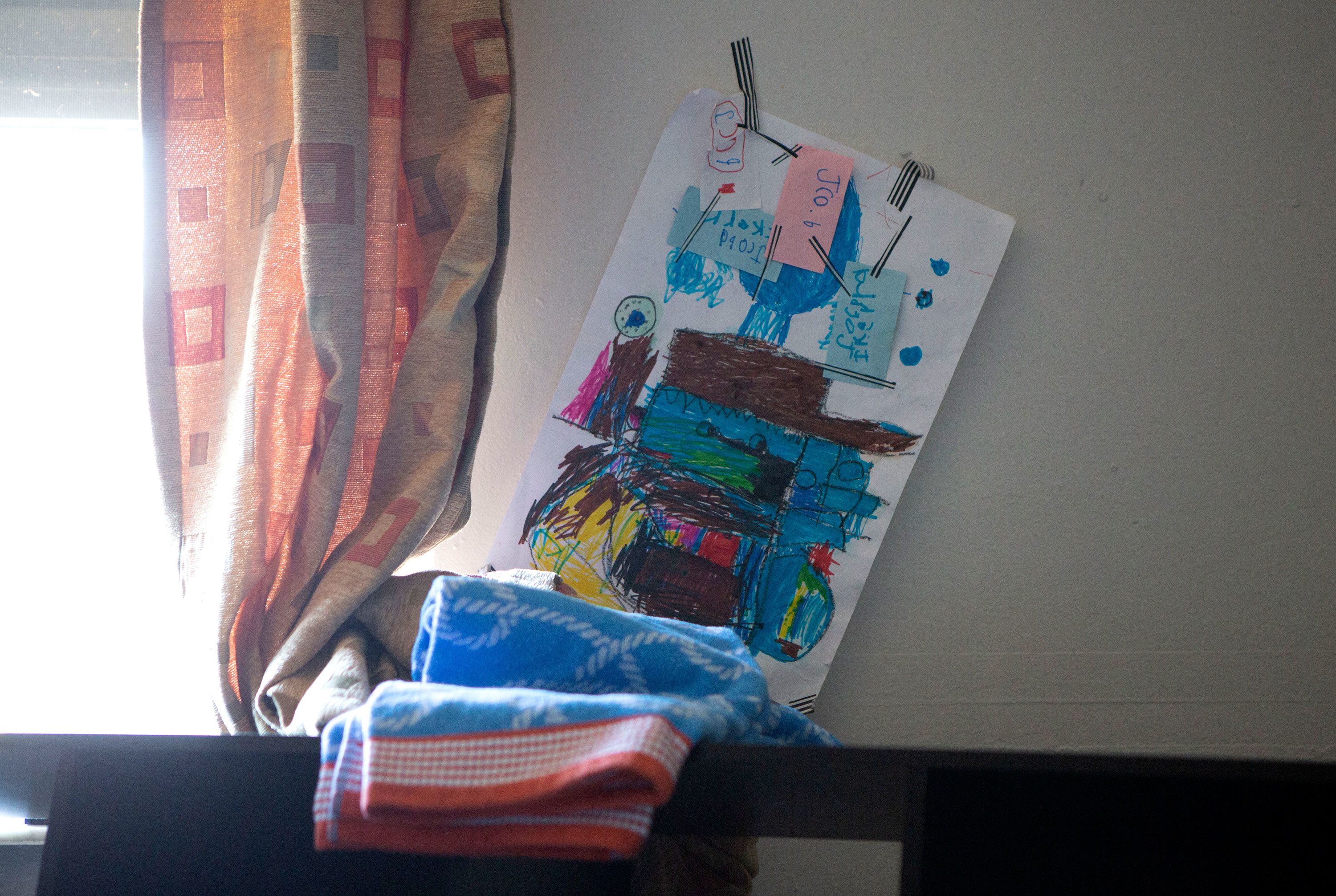
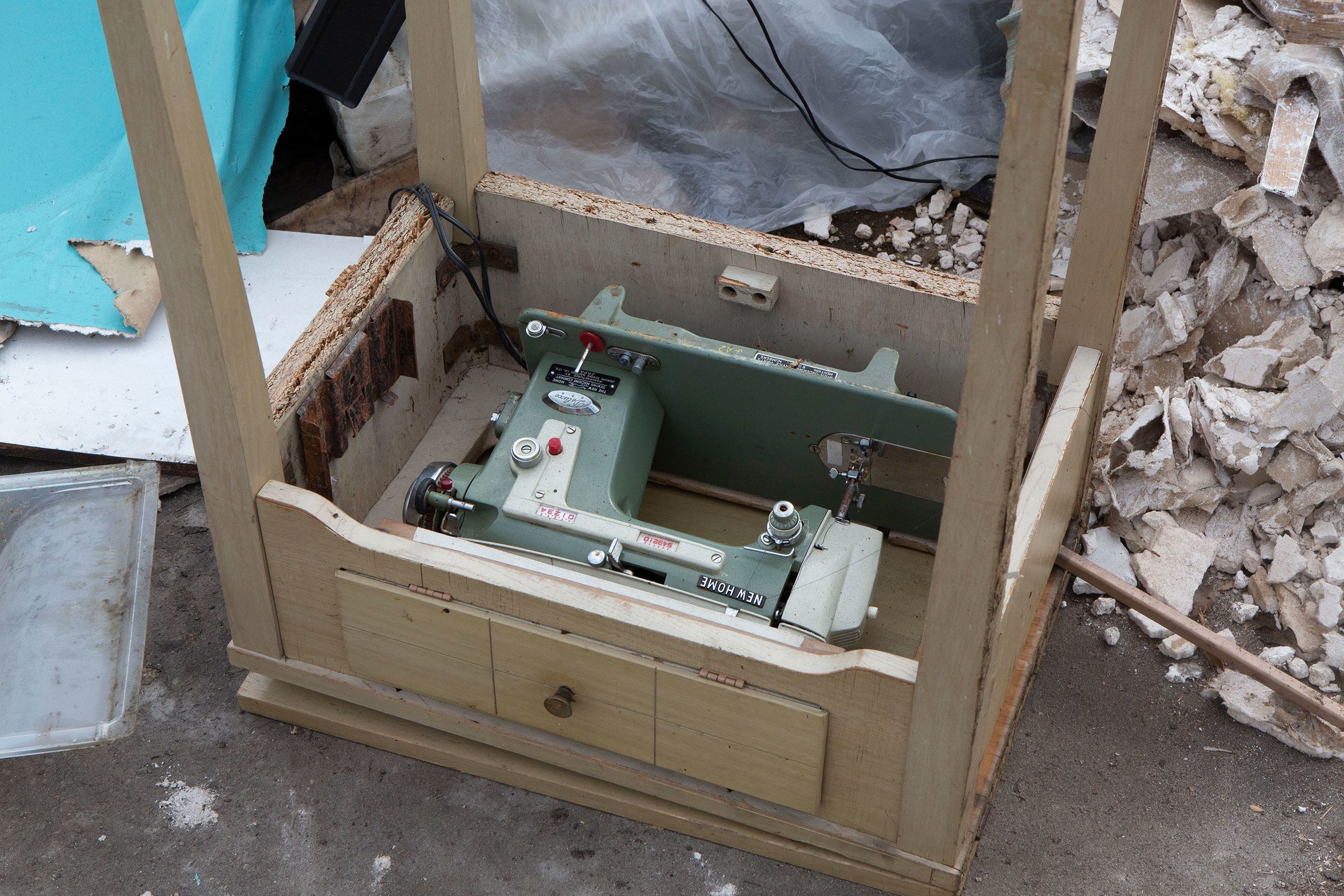

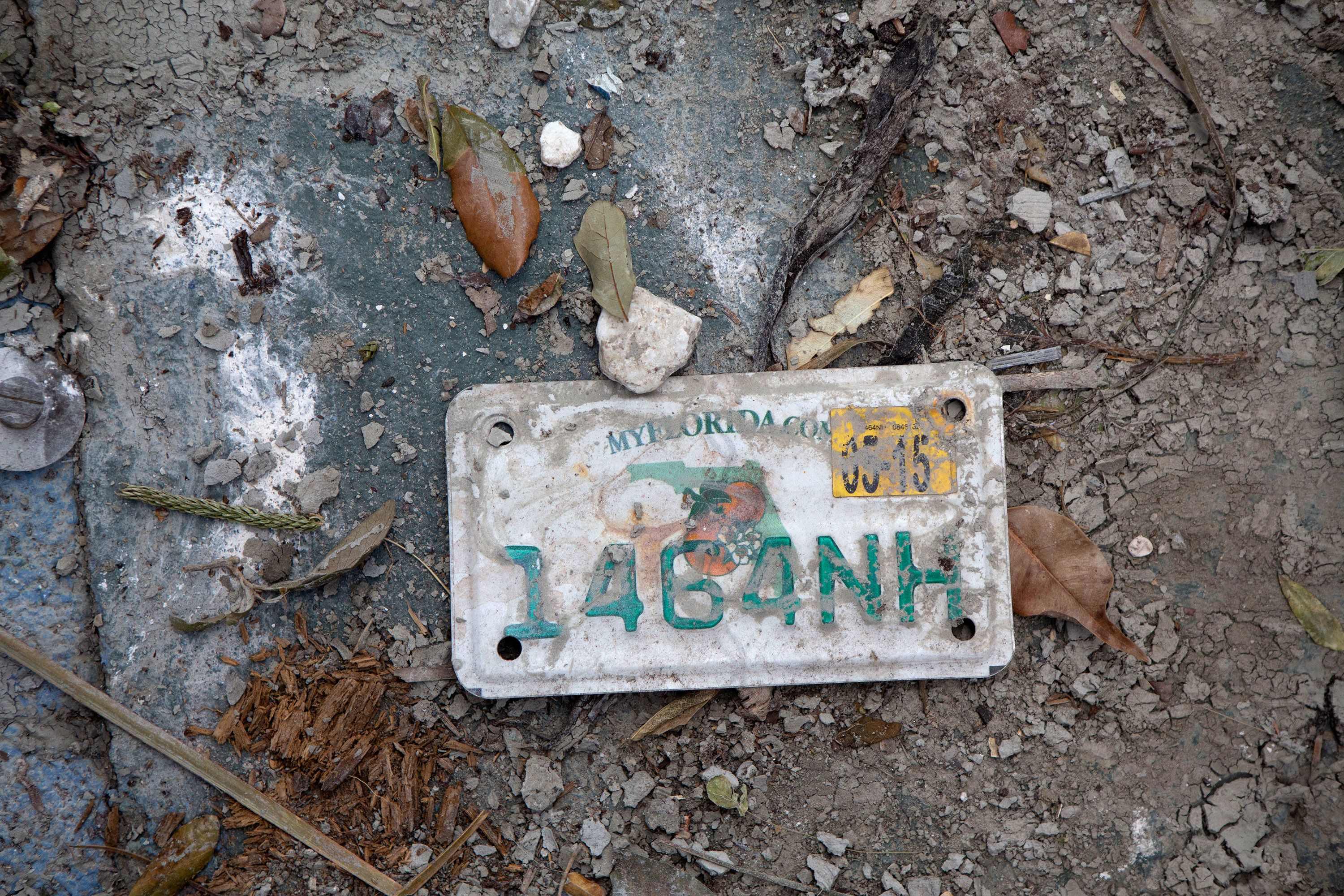
By reflecting on these experiences, communities are beginning to rebuild not just their homes but their spirit as well. The resilience shown by Florida residents in the aftermath of Hurricane Ian highlights their strength and determination to overcome adversity. Therefore, while the journey to recovery is long and challenging, the supportive nature of these communities serves as a vital foundation for healing.
